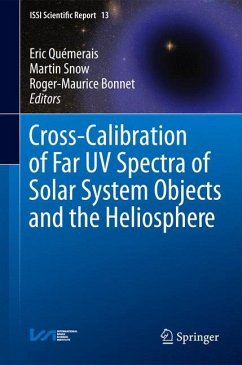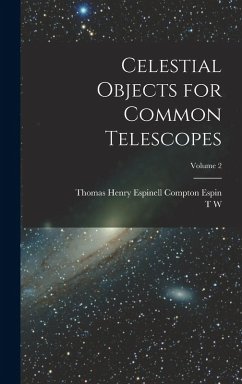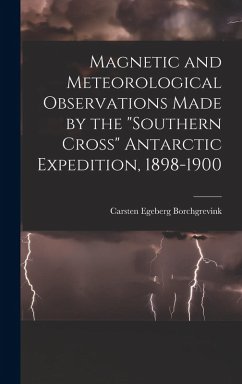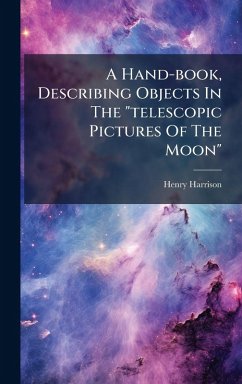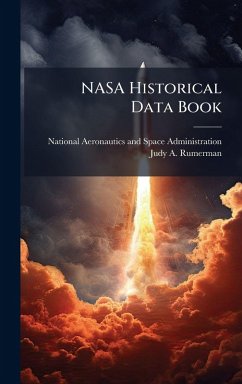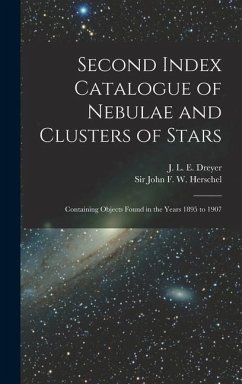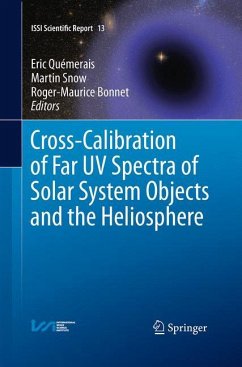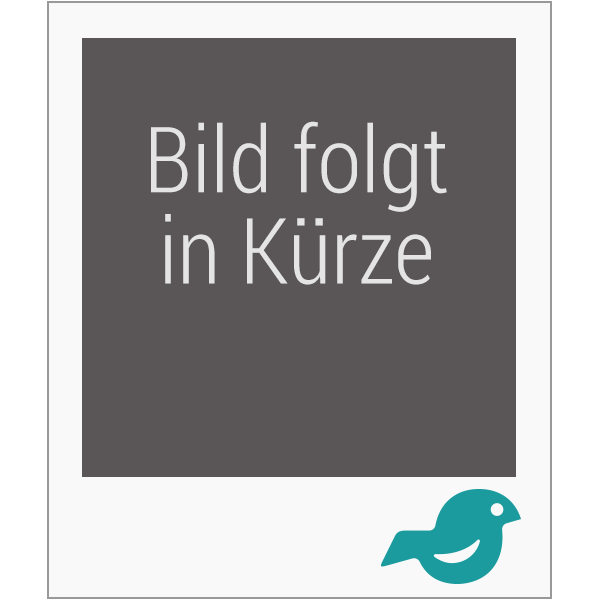
Detecting Near-Earth Objects Using Cross-Correlation With a Point Spread Function
Versandkostenfrei!
Versandfertig in über 4 Wochen
27,99 €
inkl. MwSt.
Weitere Ausgaben:

PAYBACK Punkte
14 °P sammeln!
This thesis describes a process to help discover Near-Earth Objects (NEOs) of larger than 140 meters in diameter from ground based telescopes. The process involves using Nyquist sampling rate to take data from a ground-based telescope and measuring the atmospheric seeing parameter, r0, at the time of data collection. r0 is then used to create a point spread function (PSF) for a NEO at the visual magnitude limit of the telescope and exposure time. This PSF is cross-correlated with the Nyquist sampling rate image from the telescope to reduce the noise and therefore increase the detection probabi...
This thesis describes a process to help discover Near-Earth Objects (NEOs) of larger than 140 meters in diameter from ground based telescopes. The process involves using Nyquist sampling rate to take data from a ground-based telescope and measuring the atmospheric seeing parameter, r0, at the time of data collection. r0 is then used to create a point spread function (PSF) for a NEO at the visual magnitude limit of the telescope and exposure time. This PSF is cross-correlated with the Nyquist sampling rate image from the telescope to reduce the noise and therefore increase the detection probability of a faint NEO. The process is compared to the current detection technique of using Rayleigh sampling with a threshold detector. This process is tested versus improper seeing parameter measurement and different locations of the NEO within the charged-coupled device (CCD) pixel field of view (FOV). The biggest improvement is where the NEO is located in the corner of the pixel FOV. The new process shows improvement in detection probability over the current process in all simulations. This work has been selected by scholars as being culturally important, and is part of the knowledge base of civilization as we know it. This work was reproduced from the original artifact, and remains as true to the original work as possible. Therefore, you will see the original copyright references, library stamps (as most of these works have been housed in our most important libraries around the world), and other notations in the work. This work is in the public domain in the United States of America, and possibly other nations. Within the United States, you may freely copy and distribute this work, as no entity (individual or corporate) has a copyright on the body of the work. As a reproduction of a historical artifact, this work may contain missing or blurred pages, poor pictures, errant marks, etc. Scholars believe, and we concur, that this work is important enough to be preserved, reproduced, and made generally available to the public. We appreciate your support of the preservation process, and thank you for being an important part of keeping this knowledge alive and relevant.



